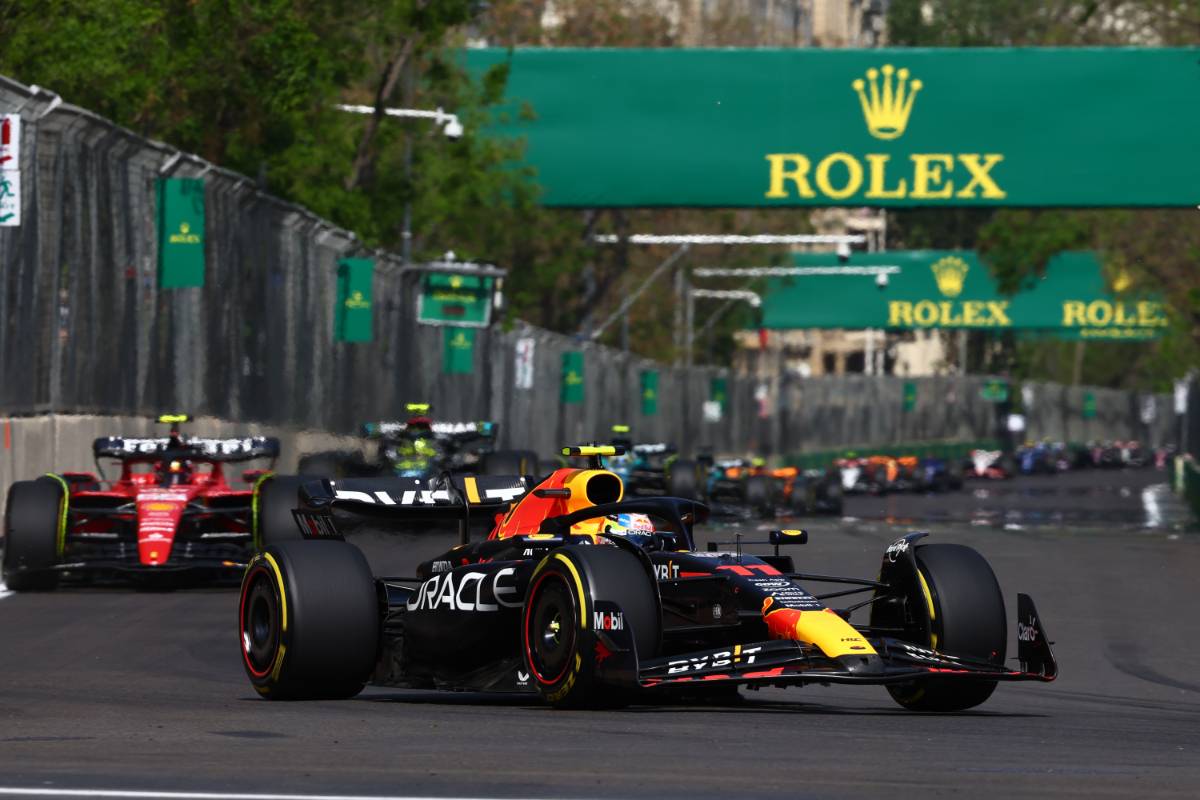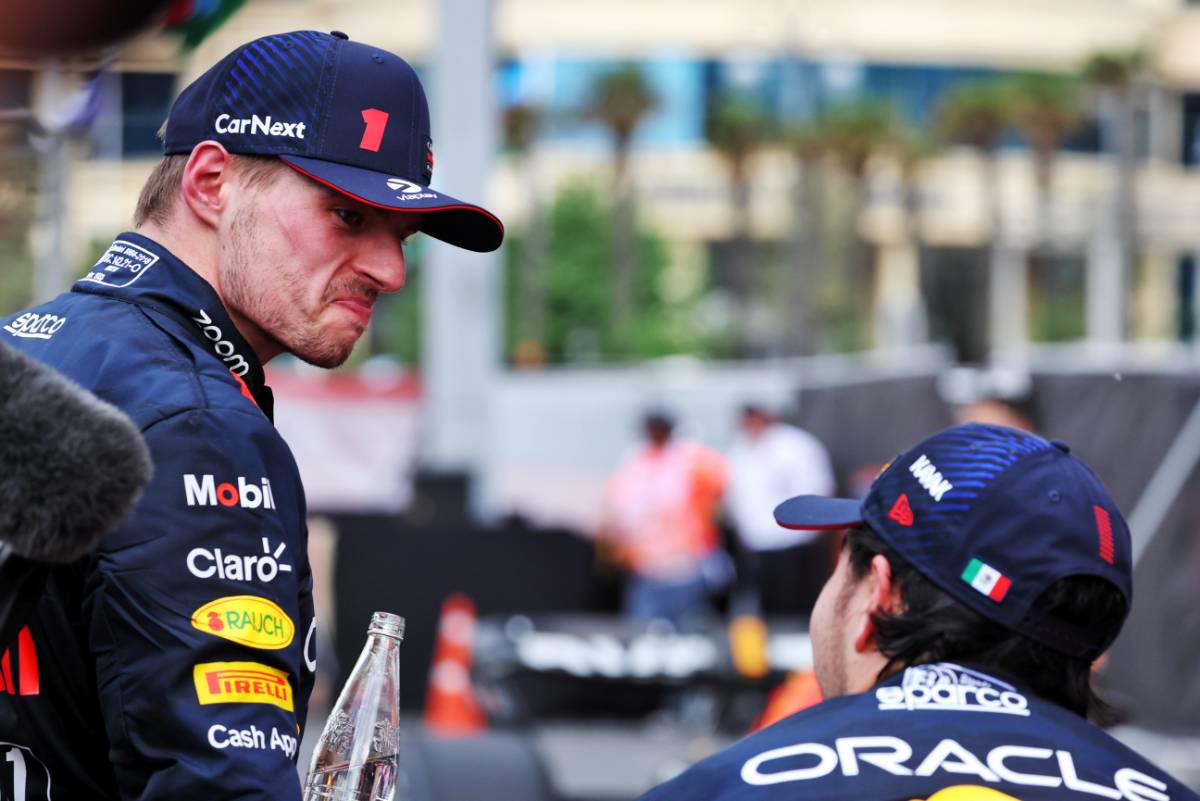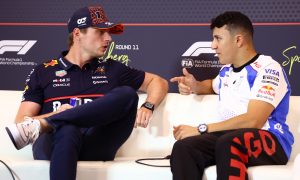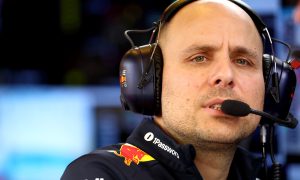
Red Bull's Sergio Perez and Max Verstappen believe that F1's increased downforce levels have made overtaking harder this season, a trend they believe that will likely to be sustained moving forward.
Last year, in a bid to improve the spectacle on the track and tighten the field, Formula 1 introduced a new set of technical regulations based on ground effect aerodynamics, the purpose of which was to reduce the 'dirty air' that rolls off the back of a car and disrupts the airflow, making it hard for cars to follow each other.
While there was little change at the top – save for Mercedes widely missing its marks in 2022 – most drivers felt that the rule changes had paid off and had boosted the action up and down the field.

But as teams work to add even more downforce to F1's new-generation cars, overtaking is proving challenging once again, a problem compounded in Azerbaijan last weekend by the decision to shorten Baku's DRS zone on its main straight, a move by the FIA that was questioned by many drivers.
"I feel this year certainly has become a little bit harder," Perez said last weekend in Baku, quoted by Motorsport.com.
"These cars are generating a bit more downforce and by generating that little more downforce, the car behind struggles a little bit more to follow.
"So, in my opinion, it wasn’t the right thing to shorten up the DRS, because it's getting harder to overtake than last year already in itself so it's something we should review."
Verstappen reckoned that with downforce levels consistently increasing, overtaking will only become harder in the future.
"Yeah, like Checo said, I think the more downforce we generate - and that, of course, will always be every year - if you keep the rules the same it will be harder to pass," said the two-time world champion.

However, the Dutchman believes that downforce levels aren't the only factor weighing on overtaking, suggesting that the sheer weight of F1's current designs – now set at a whopping 783 kg – and their stiffer suspensions are also a significant part of the mix.
"Because of the weight of the cars we have nowadays, because they're quite heavy, in the low speed it’s a bit harder to follow," Verstappen noted.
"As soon as you have a tiny moment with that weight, it becomes a bigger slide, it's harder on the tyres so you overheat the tyres more.
"And also with these new type of cars, you have to run them super stiff whereas I remember like 2015 or ‘16, you could sometimes [take] a few different lines, you could run a kerb because the cars were quite - well, not soft - but it's still a lot softer than what we run now.
"And you could do a few different kinds of techniques and lines but that is really, really hard nowadays because the cars just don't allow it."
Keep up to date with all the F1 news via Facebook and Twitter






